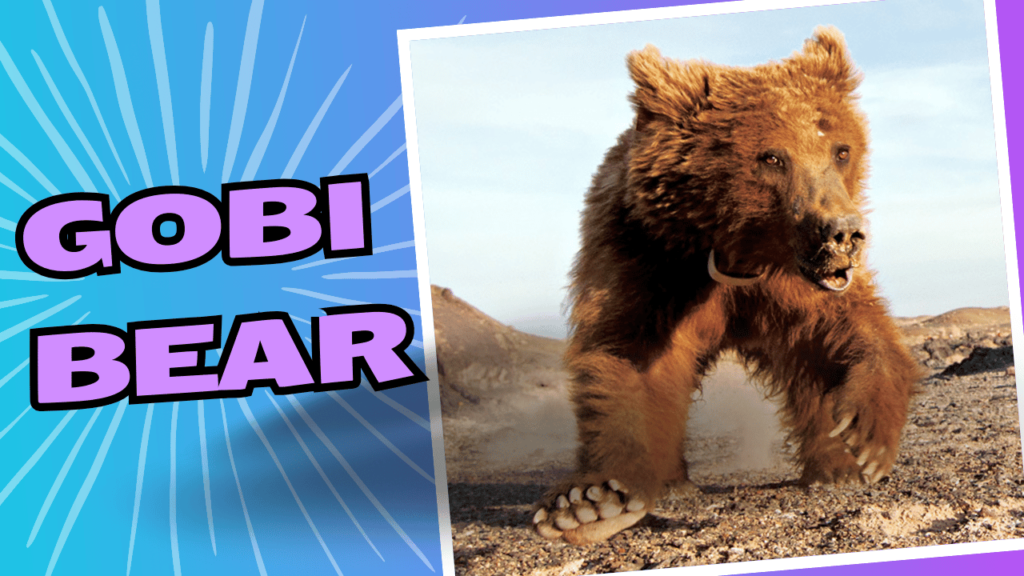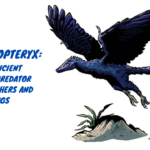The Gobi bear (Ursus arctos gobiensis) is one of the world’s rarest and most fascinating creatures, surviving against the odds in the harsh, arid environment of the Gobi Desert. Known locally as “Mazaalai” . In this article, we explore the Gobi bear’s habitat, behaviors, challenges, and the ongoing efforts to protect this endangered species.
Let’s dive into the life of the Gobi bear, its role in the desert ecosystem, and why it’s vital to conserve this remarkable animal.
The Gobi Bear
What Makes the Gobi Bear Unique?
The Gobi bear is a subspecies of the brown bear, adapted to one of the most extreme environments on Earth. Unlike its forest-dwelling relatives, the Gobi bear has evolved to survive in the desert’s scarce resources, extreme temperatures, and rugged terrain.
Key characteristics of the Gobi bear:
- Size and Appearance: Smaller and leaner compared to other brown bears, with a lighter coat that blends with the desert landscape.
- Diet: Omnivorous, feeding on roots, berries, insects, and small mammals.
- Habitat: Restricted to the eastern and southern regions of the Gobi Desert, particularly in areas like the Great Gobi Strictly Protected Area (GGSPA).
Population and Conservation Status
As of recent estimates, fewer than 40 Gobi bears remain in the wild, classifying them as critically endangered. This alarming number underscores the urgent need for conservation efforts to ensure their survival.
Habitat and Adaptations
Surviving in the Gobi Desert
The Gobi Desert is a vast, inhospitable region spanning Mongolia and northern China. It features extreme temperatures, limited water sources, and sparse vegetation. Despite these challenges, the Gobi bear thrives through remarkable adaptations:
- Water Efficiency: Gobi bears can survive long periods with minimal water by relying on moisture from their food.
- Foraging Skills: They dig for roots and insects, leveraging their strong claws and acute sense of smell.
- Territorial Behavior: Each bear requires a large territory, often exceeding hundreds of square kilometers, to find sufficient food and water.
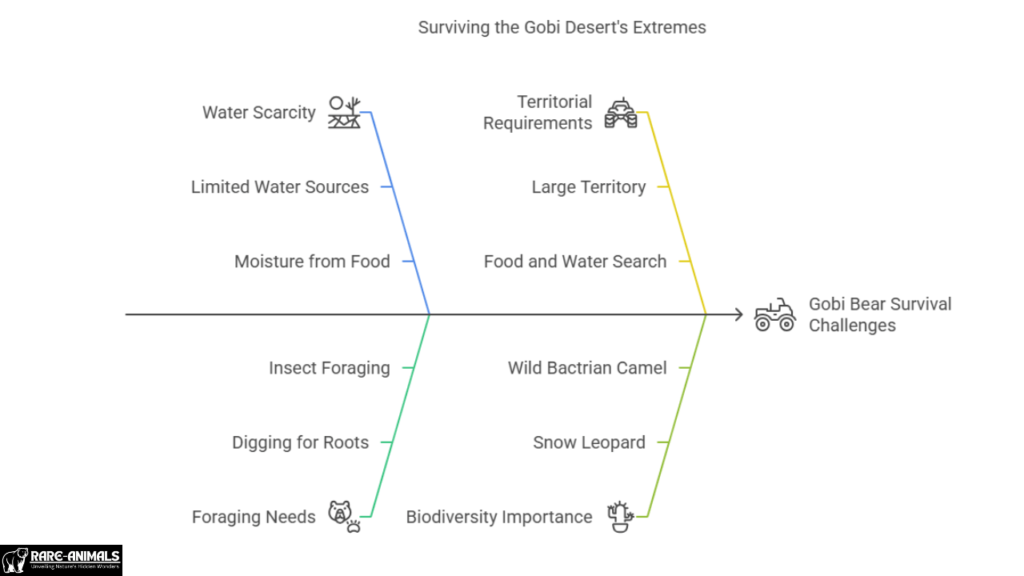
Importance of the Habitat
The Gobi Desert is not only home to the Gobi bear but also supports other rare species like the snow leopard and wild Bactrian camel. Preserving this ecosystem ensures the survival of a unique web of biodiversity.
Threats to the Gobi Bear
Habitat Loss
Mining activities, infrastructure development, and human encroachment threaten the limited habitat of the Gobi bear. As their territory shrinks, bears face increased competition for resources.
Climate Change
Rising temperatures and unpredictable weather patterns are exacerbating water scarcity in the Gobi Desert, making survival even more challenging for these bears.
Genetic Bottleneck
With such a small population, Gobi bears face a significant risk of inbreeding, which can reduce genetic diversity and increase susceptibility to diseases.
Human-Wildlife Conflict
Occasional conflicts arise when Gobi bears venture closer to human settlements in search of food, leading to potential harm for both bears and people.
Conservation Efforts
Protected Areas
The Great Gobi Strictly Protected Area (GGSPA) was established to safeguard the habitat of the Gobi bear and other endangered species. This reserve spans over 40,000 square kilometers and provides a sanctuary free from human interference.
Research and Monitoring
Scientists and conservationists are actively studying the Gobi bear’s behavior, diet, and movements through tracking and camera traps. These insights help design effective conservation strategies.
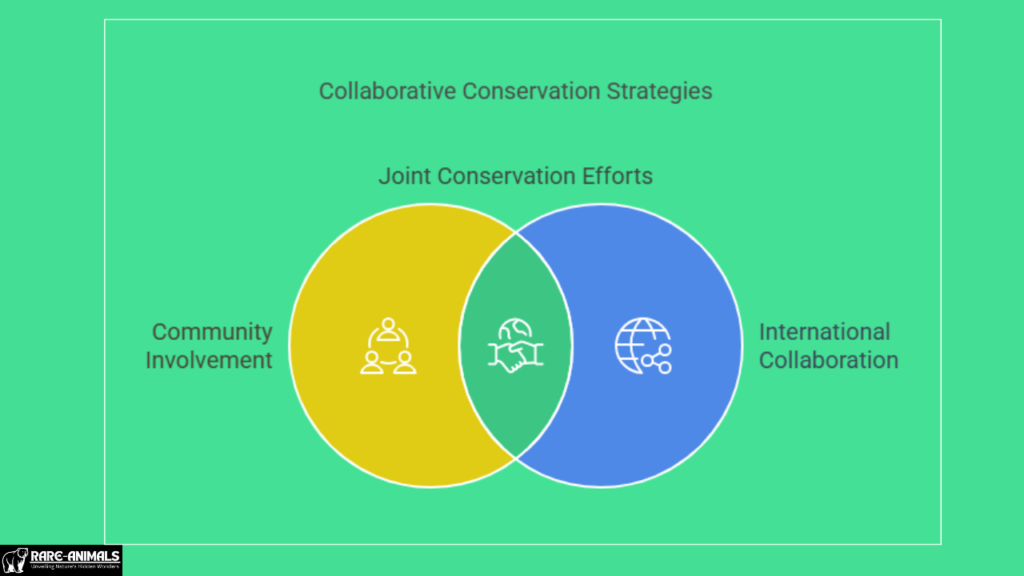
Community Involvement
Local communities play a vital role in conservation. Education programs raise awareness about the importance of the Gobi bear, fostering coexistence and reducing human-wildlife conflict.
International Collaboration
Global organizations and governments are pooling resources to fund conservation projects, conduct genetic studies, and enhance the Gobi bear’s chances of survival.
Why Protect the Gobi Bear?
Ecological Significance
As apex predators and scavengers, Gobi bears help maintain the balance of the desert ecosystem by controlling populations of smaller animals and dispersing seeds through their diet.
Cultural Importance
The Gobi bear holds a special place in Mongolian folklore and traditions, symbolizing resilience and the harmony of life in the desert.
Biodiversity Conservation
Protecting the Gobi bear ensures the preservation of an entire ecosystem, benefiting countless other species that share its habitat.
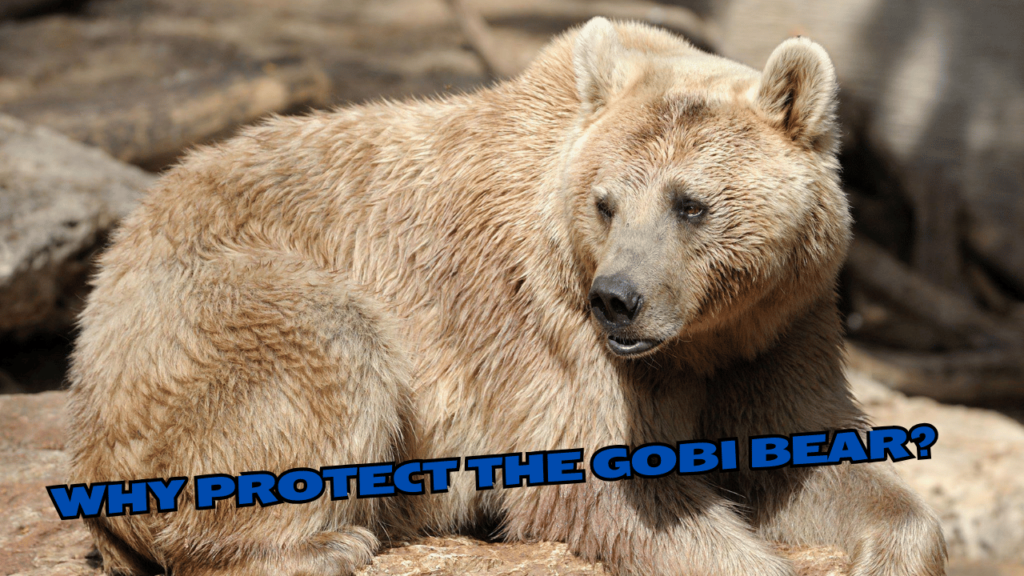
How You Can Help
Support Conservation Organizations
Donate to or volunteer with organizations dedicated to protecting the Gobi bear, such as:
- The World Wildlife Fund (WWF)
- The Gobi Bear Project
Raise Awareness
Share information about the Gobi bear on social media and educate others about the importance of conservation.
Advocate for Policy Changes
Encourage governments to strengthen environmental laws, regulate mining activities, and allocate resources for wildlife protection.
FAQs
What do Gobi bears eat?
Gobi bears primarily eat roots, berries, insects, and occasionally small mammals. They adapt their diet based on seasonal availability.
How many Gobi bears are left?
Fewer than 40 Gobi bears remain, making them one of the rarest bear subspecies in the world.
Can tourists see Gobi bears in the wild?
While sightings are rare due to their elusive nature, eco-tours in the Great Gobi Protected Area may offer opportunities to observe these bears from a distance.
What is being done to save the Gobi bear?
Conservation efforts include habitat protection, scientific research, community education, and international collaboration.
Why is the Gobi bear endangered?
The Gobi bear faces threats like habitat loss, climate change, genetic bottleneck, and human-wildlife conflict.
Conclusion
The Gobi bear is a symbol of resilience and the incredible adaptability of life in extreme environments. By understanding its challenges and supporting conservation efforts, we can ensure that future generations have the opportunity to marvel at this elusive brown bear of the desert. Join the movement to protect the Gobi bear and its habitat – every action counts!

Alveena is an experienced content writer with a knack for crafting engaging and insightful pieces. She thrives on breaking down complex ideas and presenting them as clear, captivating content that resonates with readers.

